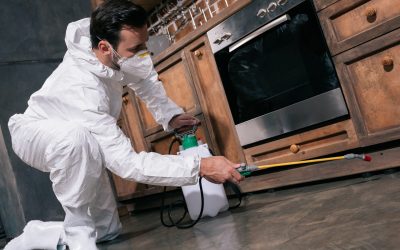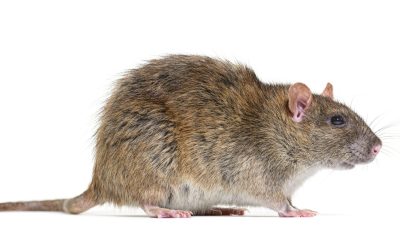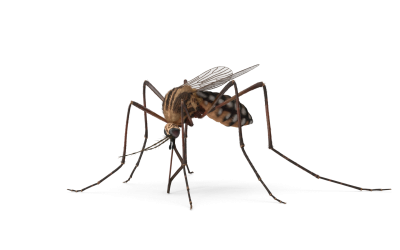Cold and stormy conditions force rodents, especially rats, to find warmth, shelter, and food, and they usually resort to homes or offices to achieve this.
Rats are notorious for finding shelter and warmth indoors, so you will likely start seeing more rats around your home if you live in a cold or stormy area. Luckily, you can take a few simple steps to keep the rat population under control. In this blog post, we’ll outline the signs of rats in your home.
Rat droppings
Rat droppings are a prime means to tell or spot rodents at your home. If you notice a higher concentration of rat droppings, you may have more significant problems, such as a rat colony.
It is crucial to clean rat dropping as soon as possible to prevent rat infestations and help control the spread of harmful bacteria. Keep food storage areas inaccessible, seal openings where rodents can enter (such as beneath doors), and make sure garbage is put away properly to help prevent rat droppings from accumulating.
Rub marks
Rats are also known to leave rub marks on walls and ceilings. Rats are attracted to dark and moist areas, so rats are likely to be present if you notice rub marks along walls and ceilings. In addition, rats are known to gain entry into homes by scratching or biting on windows and doors – so if you see any of these marks, it is best to take action. You can also try rat poison to get rid of the rats but contact a pest control professional first.
Scratching noises
Rodent infestation is a problem that can quickly get out of control. If you ever feel insecure about your home, the first step is to listen for rodent scratching noises. Rats are typically nocturnal, so they are harder to see during the day. However, their scratching noises are a giveaway that they are around. If you hear them, inspect your home for any additional signs of rodent infestation – like droppings or nests to confirm their presence.
Rat holes
One way to spot rats is by looking for rat holes in your walls and ceilings. Rats hole through walls and floors, so it’s important to look for signs that they are present. They are attracted to dark, wet places like kitchens and bathrooms. Once you have spotted a rat, seal up any rat holes with rat-proof caulk or cedar plugs. Do this as soon as you spot them to prevent the infestation from getting out of control.
Rat nests
Rat nests are another sign of rat infestation. If you have ever seen a rat nest, you know that they’re not the cleanest things in the world. Not only are they dirty, but they can also cause damage to your property and interfere with your daily life. So what can you do to get rid of them? Well, rat nests contain droppings, hair, and other objects that can be hazardous to your health. Get rid of them before they become an issue, and keep your home safe!
What to do if you have rats in your home?
If you have rats in your home, you need to take action. The first step is to identify where they’re coming from. Once you know that, seal all entry points using caulk or weather stripping. Get rid of any food or water sources for the rats near the entrance to your home. If you cant get rid of the rats on your own, or if their numbers have become overwhelming, call an exterminator. Pest control can be a great way to get rid of rats without resorting to harmful or dangerous methods.
Where do rats live inside?
If you’re looking for signs of rats inside a building, you should check out the various places where they live. Rats live in multiple areas inside a building, such as the attic, walls, and ceilings. Check inside crawl spaces and attics for signs of rats – they love dark places! Rats also live in close proximity to the ground, so look for evidence of them around the foundation and walls. If you see any evidence of rats, take action to eliminate them – by using rat traps, rodenticides, or poison-free traps – before they cause any damage.
Where do rats live outside?
During the winter or wet conditions, they seek shelter underground to stay warm. In the summer, they live outdoors in close proximity to other rats and their food sources. They can also be found near water bodies such as ponds and lakes. Knowing where rats live and avoiding them when possible is important, especially in areas around food sources.
How can I prevent rats from entering my home?
Prevention of rodent entry into a home includes:
- Sealing all holes and cracks in the exterior and interior walls, roof, and flooring.
- Disposing of food waste in properly labeled dumpsters.
- Removing rubble and other materials that rodents can hide under.
- Cleaning up droppings.
Rodent infestation can be a real pain, but getting rid of them is not impossible. If you think you might have a rat problem, contact a pest control professional to take a look. They’ll be able to identify the type of rat and provide a solution that’s effective and safe for you and your family.





0 Comments